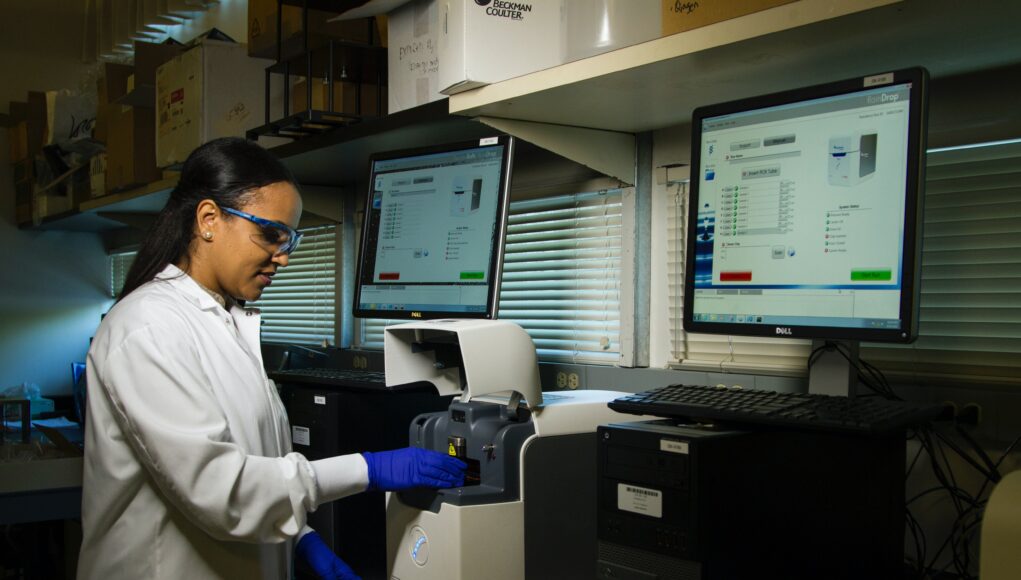Last Updated on September 15, 2022 by admin
Electronic health records provide immediate advantages over paper ones, such as improved organization, no lost paper, and easy access to information. Let’s look at the benefits of switching school nurses’ health records from paper to electronic.
Data entry that is simplified and more accurate
According to the National Association of School Nurses (NASN), school nurses are competent to cooperate and counsel on various topics, ranging from disaster preparedness to the confidentiality of student health information.
Proper data input supports ensuring confidentiality. School nurses are expected to input student health data from paper records into their school nurse health system. Manual data entry can jeopardize accuracy in addition to being time-consuming. Nurses who don’t have time for data input should use electronic health records, where parents fill out and send this information online. For parents and school nurses, this successfully simplifies the data collecting procedure and assures data accuracy for a stress-free experience.
Security and Portability
Regarding confidentiality, it’s also crucial to point out that one of the safest places to preserve this crucial student data is in electronic health records (EHRs). Each person has “his or her own unique login and password that authenticates legally recognized electronic signatures of the entry into the record,” according to NASN, and Electronic Health Records (EHRs) are intended to be secured.
This guarantees that all records are authentic, accurate, and secure. Additionally, although they are kept private, authorized users like the school nurse, sports trainer, and counselors can access crucial student health data from any location with an internet connection. This gives them the flexibility to effortlessly handle students’ health requirements even outside of their workplace, which is especially important in a pandemic time.
Time Management
Most importantly, electronic health records will aid school nurses in adjusting to a school year where COVID-19 will still be a problem in the upcoming year. Schools and nurses will always be required to support robust health emergency response, allergy control, and medication delivery. Additional regulations, such as COVID health tracking systems, are expected to endure through the start of the new academic year.
Because electronic health records are simple to use, retrieve, and manage, school nurses may spend more time delivering high-quality care to kids and less time manually entering and updating data.
Prior to the student’s arrival at school, parents complete EduHealth’s electronic health records (EHRs), which include details about the student’s general health, emergency contacts, allergies, and more. School nurses can assess a student’s health quickly, and parents may update the record as required rather than starting over every year.
Through effective data management procedures, such as documentation, reporting, and analysis of student health data, EHRs help school nurses provide population-based healthcare to the whole school community. EHRs offer the capacity to gather data in real-time, enabling the school nurse to immediately spot health patterns, including transmissible infections or pupils who may be at risk for health problems, and take prompt action.
For instance, to help local health departments with community illness monitoring, school nurses share aggregated absence and communicable disease data with them. According to the Association of State and Territorial Health Officials (ASTHO), school population health data exchanged via EHR may track vaccine compliance, occurrences of environmental and chronic health issues, and efficient preventative measures. A comprehensive school health database that could be used to define student healthcare requirements, the best outcome-based treatments, and academic performance would be supported by the utilization of aggregate data from standardized school nurse documentation.
EHRs produce a legal record of the school nurse’s treatment and ensure that the medical team’s communication and documentation standards are met.















